The Self-Sufficient Life—What You Need to Know About Homesteading
This eco-friendly lifestyle can be enjoyed in a variety of settings, from a container garden on an urban balcony to a plot of land in a rural area with a large garden and livestock.
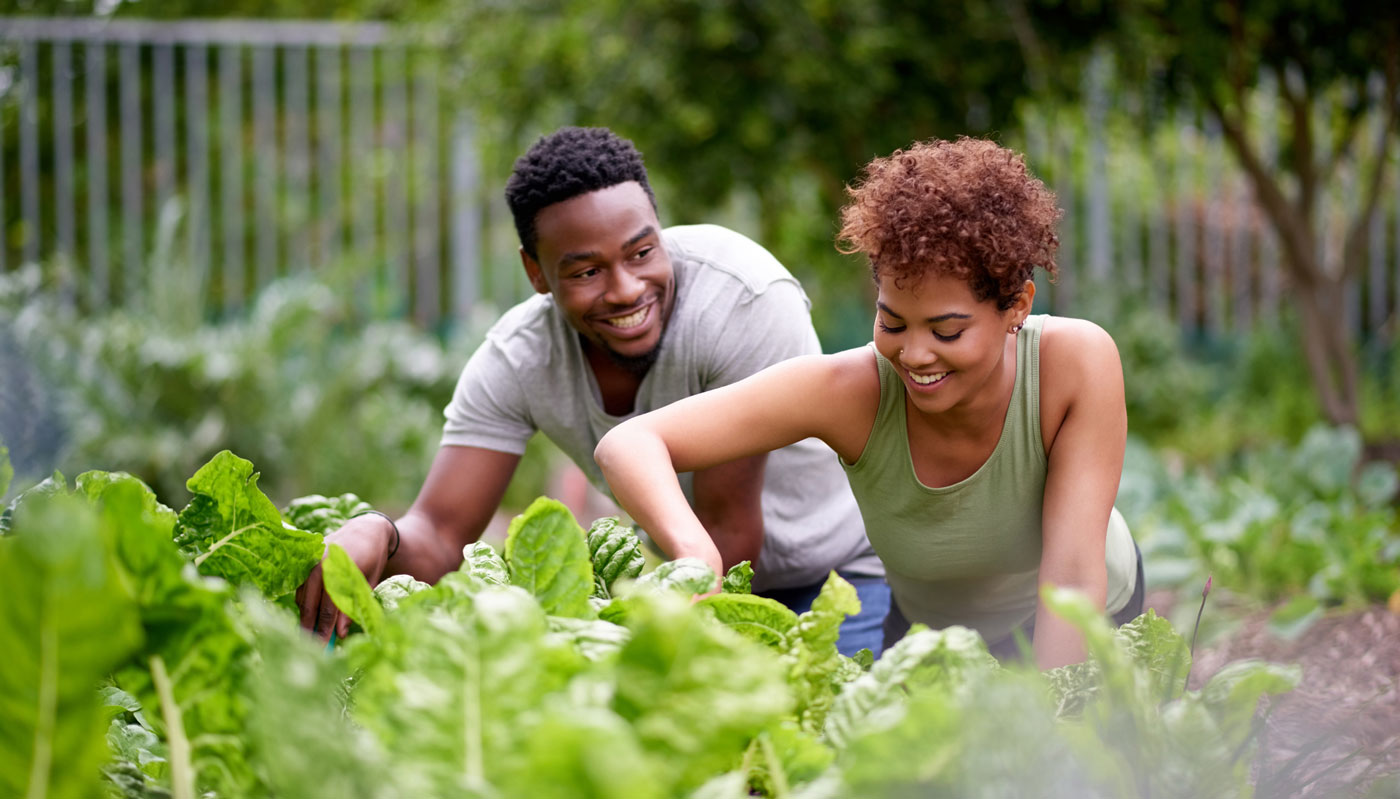 Getty
Getty
Over the last few years, homesteading—creating a self-sufficient lifestyle rooted in growing your own food and preserving resources—has experienced a revival. While images of sprawling farms may come to mind, homesteading fits various lifestyles and living spaces, from rural to urban and everything in between.
Whether you want to grow all the food for your family’s dinner table or just cultivate a few herbs on your apartment balcony, homesteading can meet your needs. Here’s what you need to know about embracing this self-sufficient lifestyle shift.
What is Homesteading?
Homesteading is a lifestyle centered around self-sufficiency and resourcefulness. It means being more active in producing food and conserving resources, contributing to a more independent and eco-friendly way of life. From building a vegetable garden to keeping chickens and bees, homesteaders want to enjoy the benefits of fresh, homegrown food.
Historically, homesteading is associated with farming. However, in recent years, it has evolved to include a wide range of practices that are not only relevant to but also thrive in suburban and urban settings. This evolution makes homesteading a modern and adaptable lifestyle choice. Now, anyone can incorporate elements of homesteading into their life, regardless of living situation.
The Pros and Cons of Homesteading
Homesteading has plenty of benefits, but it’s important to be aware of some of the challenges. Also, realize that individual experiences may vary. What works best depends on your goals, budget and how you want to incorporate homesteading into your lifestyle.
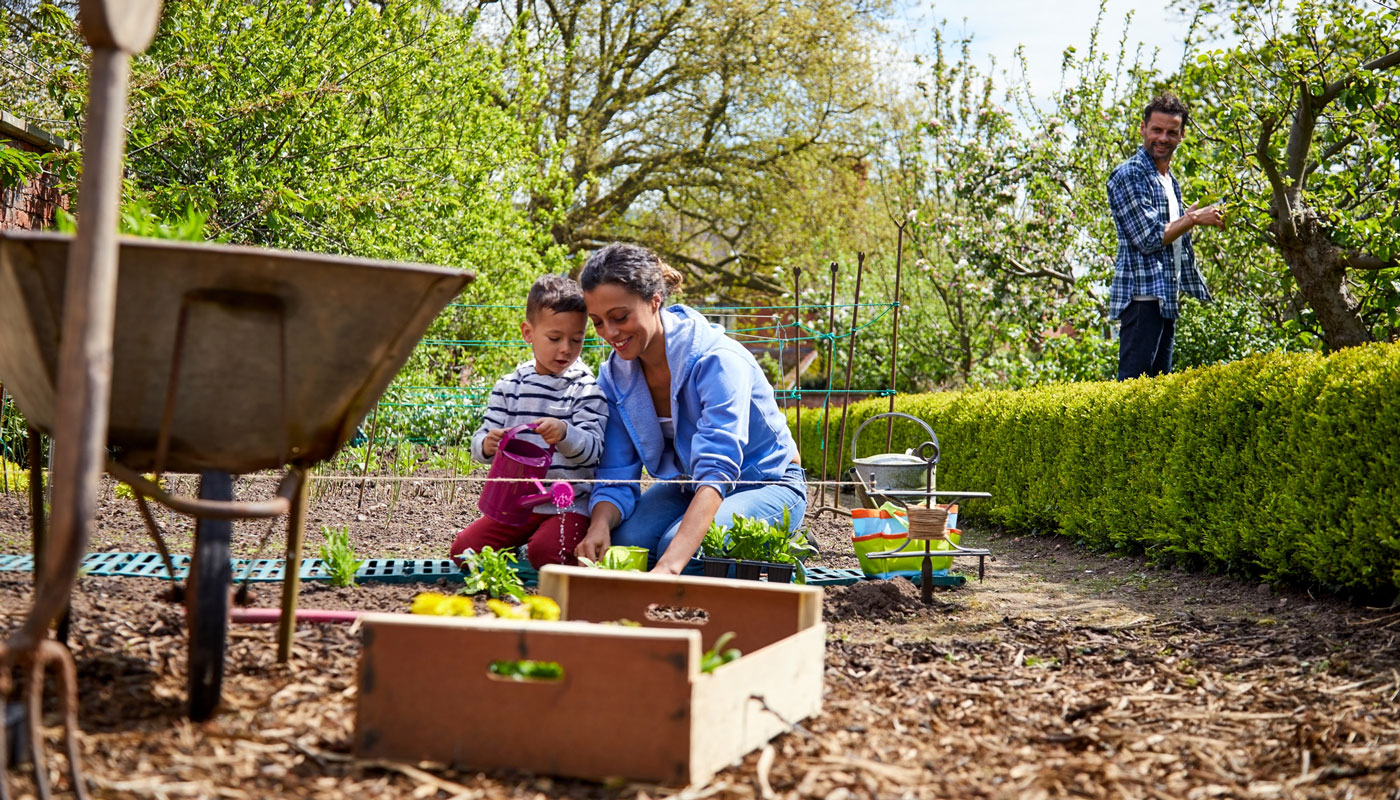 Getty
Getty
The Benefits of Homesteading
- Food security: Growing your food helps ensure access to fresh and healthy produce that can be appealing in times of uncertainty or rising food costs.
- Sustainability: By composting, reducing waste and conserving energy, homesteaders can reduce ecological footprints and contribute to a healthier planet.
- Financial savings: After some upfront investment, homesteading can lead to savings over time, reducing your reliance on more expensive store-bought food and items.
- Health and well-being: Spending time outdoors and connecting with nature can help reduce stress and improve mental and physical health. Plus, homesteading can foster a sense of community among neighbors.
- Skill development: Homesteading builds various skills, from gardening to food preservation and even basic home repairs. That can help build confidence and a sense of self-reliance.
The Challenges of Homesteading
- Time commitment: Homesteading requires time and ongoing effort. Depending on the scale of what you’d like to grow, you may need to spend significant time on gardening, animal care, food preservation and other tasks.
- Space limitations: Not everyone can access acres of land for extensive gardens or working with animals. If you have a small space, you may not be able to grow everything you’d like.
- Learning curve: Successful homesteading requires learning new skills, and beginners will make mistakes along the way. Patience and willingness to learn from these mistakes are crucial.
- Financial investment: Depending on your goals, there may be a lot of upfront costs for seeds, plants, tools, animal feed, building materials and other supplies that could impact your budget.
- Regulations and zoning: You may live in an area restricting extensive homesteading projects. Also, if you rent your home, review the lease; your landlord or building manager may not allow certain activities.
Get started on green living—use your AAA Membership to help you save on products and services from your favorite retailers.
Search Now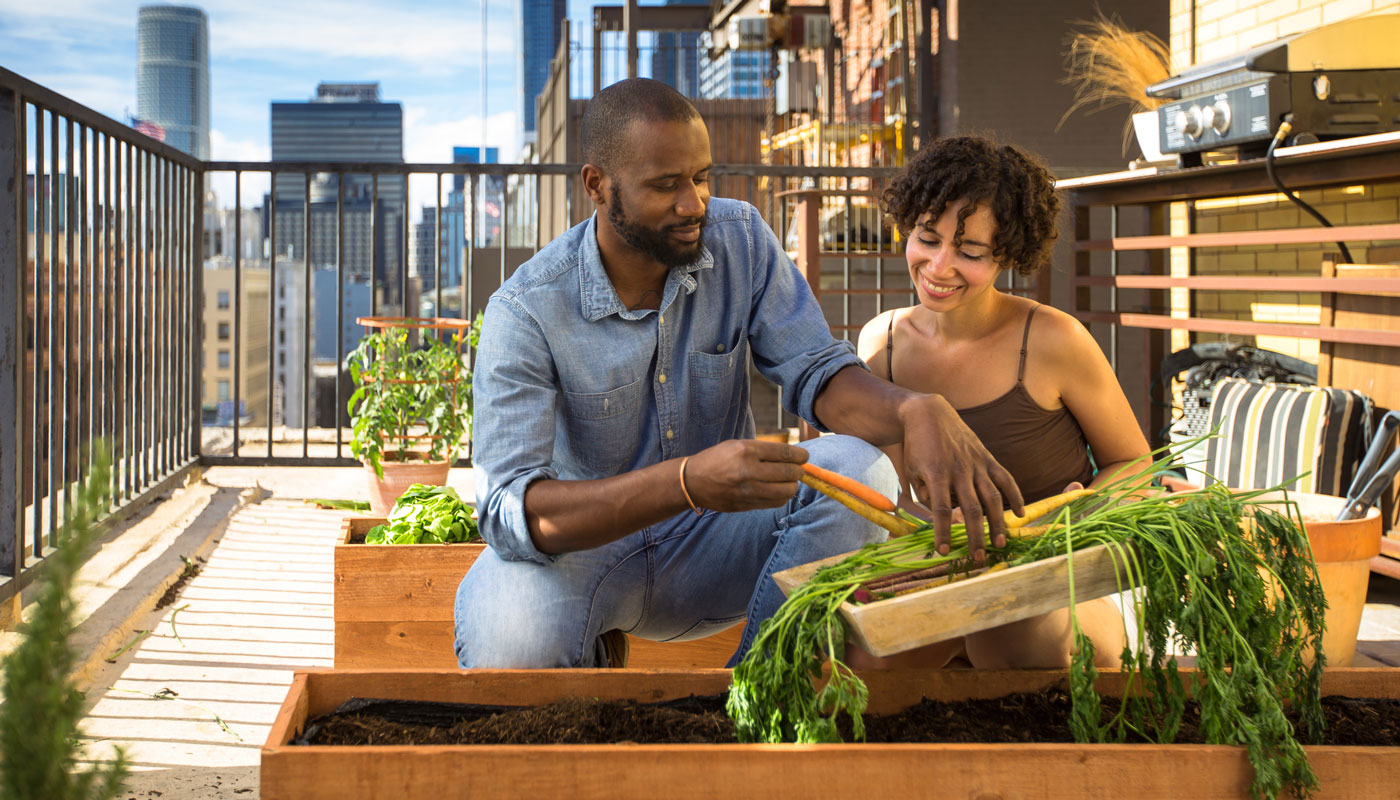 Getty
Getty
Examples of Homesteading
Homesteading doesn’t mean owning acres of farmland or living in a rural area. Today, the concepts work with various living situations and budgets.
Here are a few examples:
1. Urban Homesteading:
- Balcony or rooftop gardens: Grow herbs, vegetables and even small fruit trees in container gardens.
- Indoor gardening: Cultivate microgreens, sprouts and herbs under grow lights year-round.
- Composting: Turn kitchen scraps into nutrient-rich compost for your plants.
- Community gardens: Many urban areas offer plots of land to residents for free or a small fee so that they can grow their own gardens.
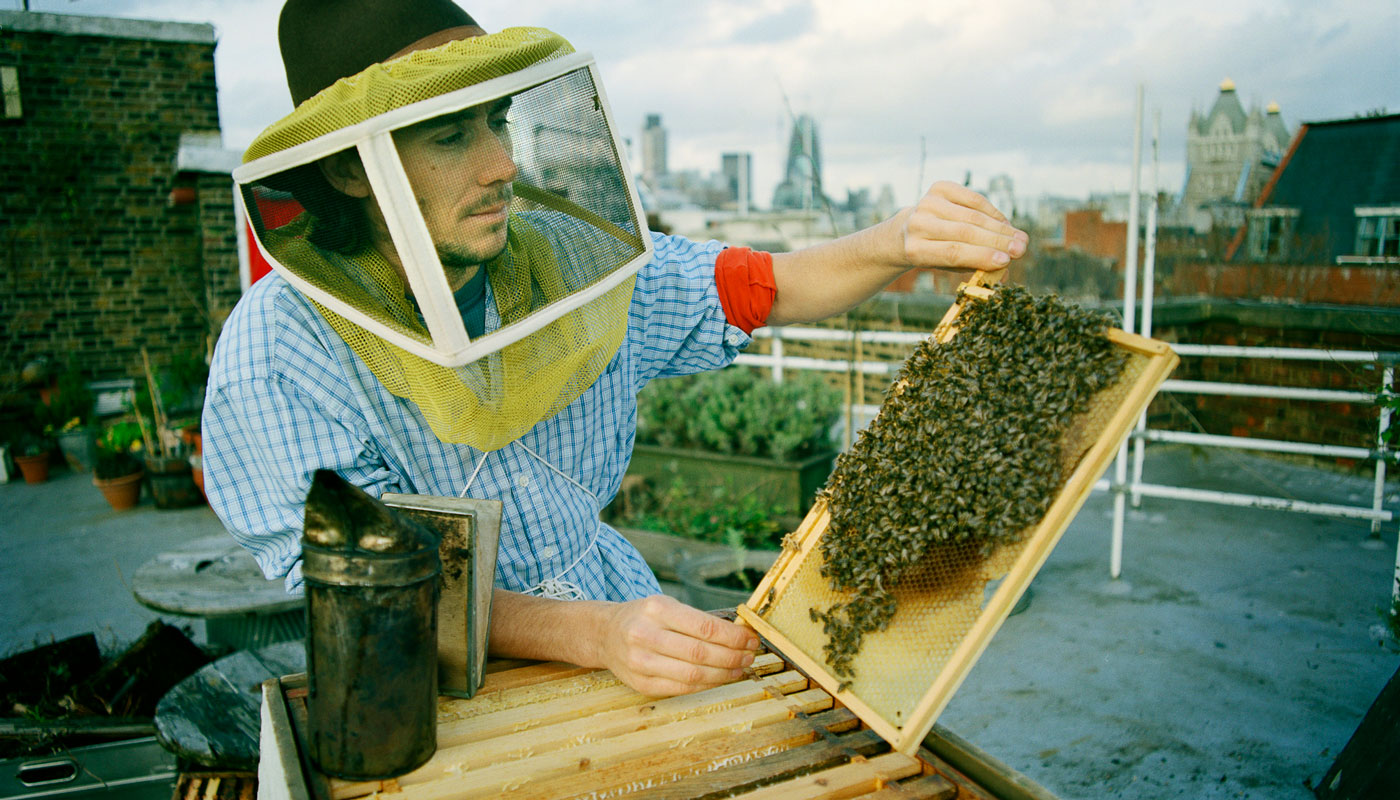 Getty
Getty
2. Suburban Homesteading:
- Expanded gardens: A larger yard allows you to cultivate bigger vegetable gardens, berry patches or fruit trees.
- Backyard animals: Depending on your space and local zoning ordinances, you may be able to raise chickens or bees in your yard for fresh eggs and honey.
- Home canning and preserving: Learn to preserve some of your harvest for year-round enjoyment.
- DIY home improvement: Tackle basic home repairs and renovations to help reduce costs and learn new skills.
3. Rural Homesteading:
- Larger-scale farming: Cultivate many crops, raise livestock for meat or dairy, and grow orchards.
- Off-grid living: Use solar or wind power, collect rainwater and manage waste sustainably.
- Cottage industries: Create and sell handmade products from your land, such as crafts, soaps, canned goods and candles.
These are just a few examples, but homesteading can adapt to your space, goals and budget and be as simple or complex as you choose. The key is to start small, focus on the projects you enjoy (and are within your budget), and gradually expand your efforts over time if you choose.
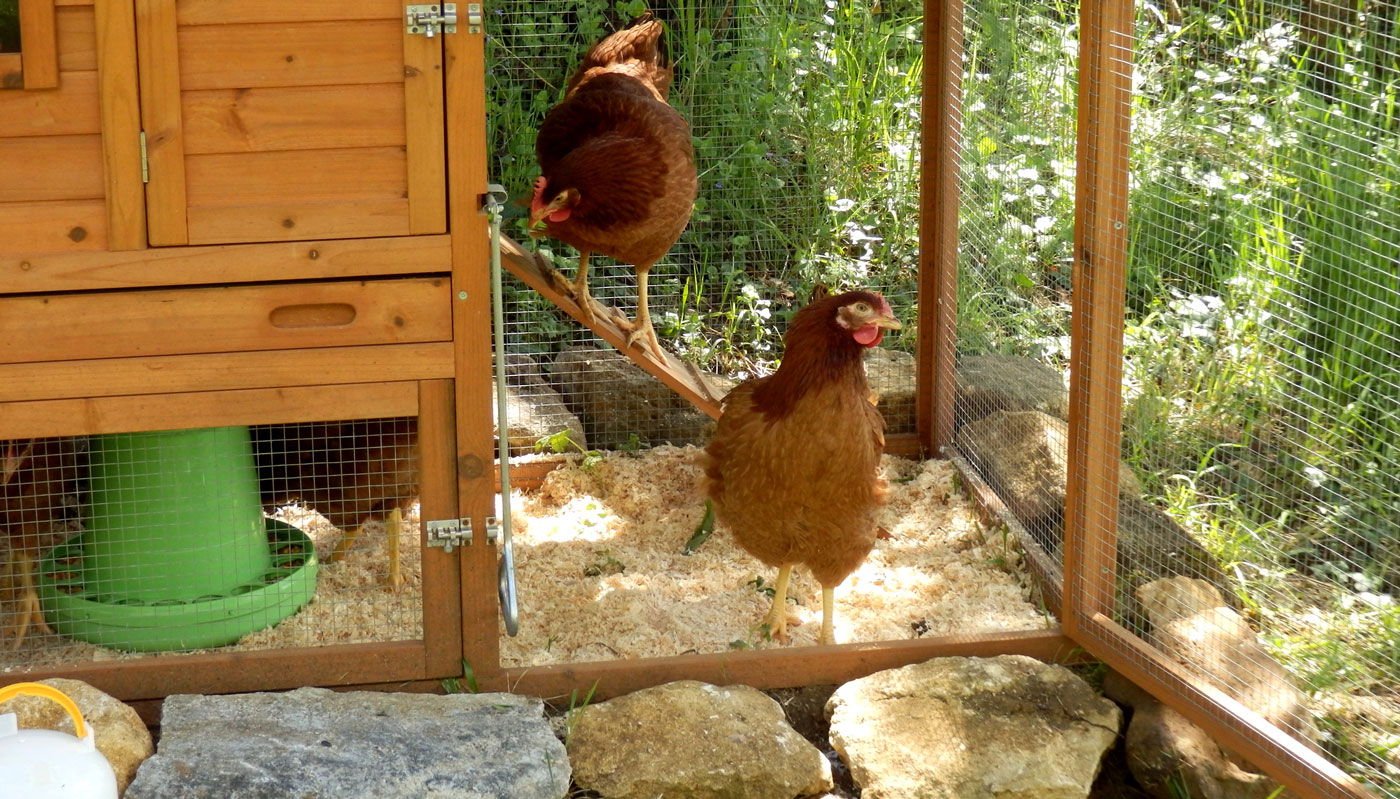 Getty
Getty
Homesteading and Insurance
Homesteading can be rewarding because of its self-sufficiency and resourcefulness, but you’ll need to consider the potential impact on your insurance coverage.
Homeowners Insurance
If you own your home, inform your insurance provider about the homesteading activities that may impact your coverage and home insurance premiums. For example:
- Livestock: If you plan to raise animals, you may need additional liability coverage in case of property damage or injury to others.
- Structures: Building sheds, greenhouses or outbuildings on your property could require more coverage or modifications to your existing policy.
- Equipment and supplies: If you’re investing in expensive homesteading equipment, make sure they’re covered in case of theft or damage.
Renters Insurance
Some homesteading activities could impact your insurance coverage and needs even if you're renting. Consider the following:
- Liability coverage: If you’re growing food or raising animals, you may need additional liability coverage to protect yourself if there are accidents or property damage.
- Valuable items: If you buy more expensive homesteading supplies, you may want to increase your renter’s insurance coverage.
It never hurts to err on the side of caution and discuss any homesteading plans with your insurance provider. They can help you assess your risks and ensure you have the right coverage to meet your needs. And if you expand your homesteading activities, check in with your insurer to update them on any changes that could affect your coverage.
Homesteading and Mortgages
Another financial aspect of homesteading to consider is any affect it may have on property valuation or mortgages. Here are some potential concerns:
1. Property Use Restrictions
- Zoning Laws: Some areas have zoning laws that may restrict farming or raising livestock, which can be a core part of homesteading.
- HOA Rules: Homeowners associations may have rules against the activities typically associated with homesteading.
2. Property Valuation and Loan Approval
- Appraisals: Traditional lenders might struggle to appraise a homestead property accurately, especially if it includes unconventional structures or uses.
- Loan Types: Some mortgage types, like FHA or VA loans, have strict property standards that a homestead might not meet.
3. Income Verification
- Non-Traditional Income: If homesteading is part of your income, proving stable and sufficient income for mortgage qualification might be difficult when trying to apply for a mortgage or home equity loan.
4. Equity and Refinancing
- Building Equity: Unconventional property improvements might not add value in the eyes of appraisers, affecting your equity if you own your home and want to sell or expand.
- Refinancing Issues: Similar to the initial mortgage, refinancing can be complicated if the property doesn't meet standard criteria.
5. Title Issues
- Clear Title: Ensuring a clear title might be complicated if there are multiple buildings or structures not listed in the original property description.
Before making a financial decision about homesteading, it's important to do your homework. Here are a few things to consider:
- Consult with a real estate agent or mortgage broker familiar with homesteads.
- Understand local zoning laws and HOA rules.
- Discuss insurance options with your provider.
- Plan for potential appraisal and refinancing challenges.
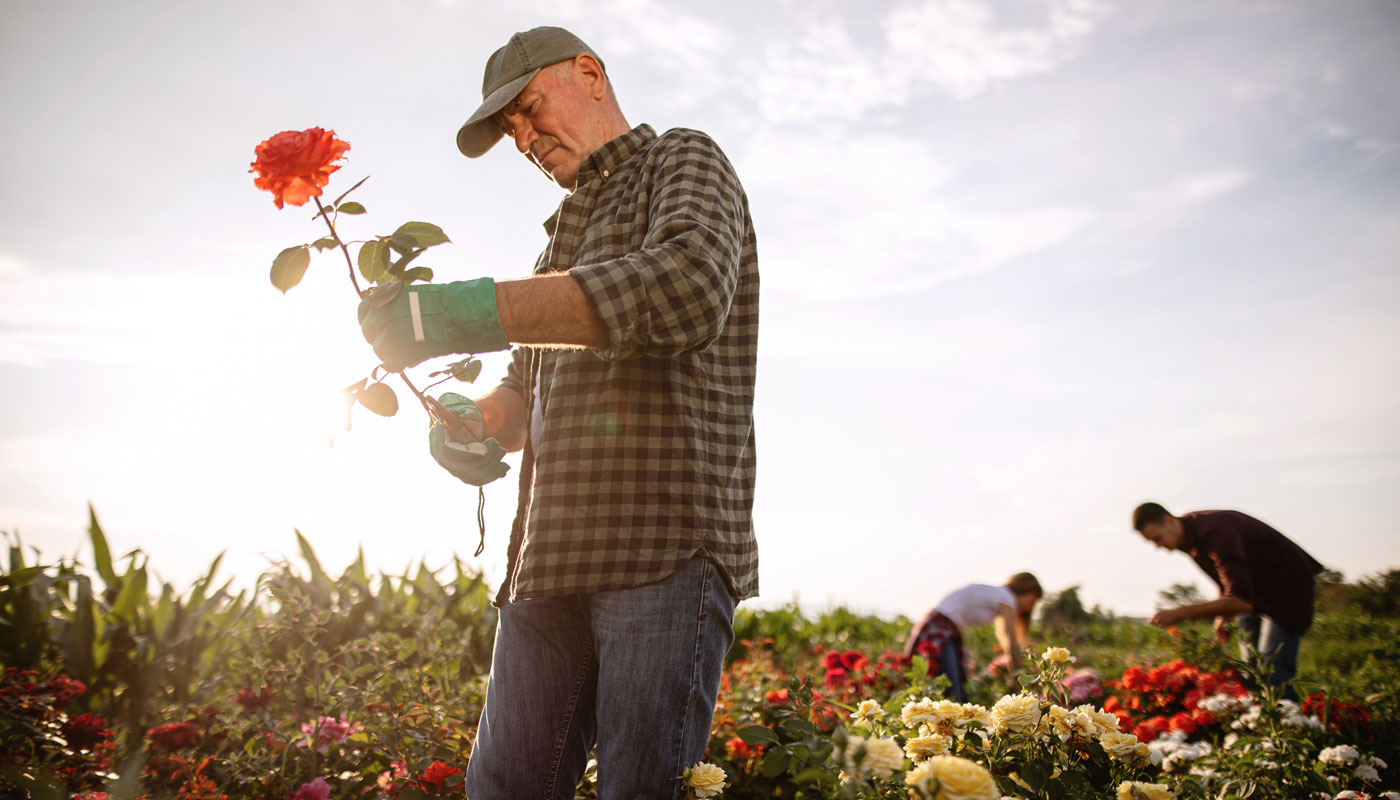 Getty
Getty
Embrace a New Lifestyle, But Plan Ahead
Whether starting out with a few pots of herbs on your apartment balcony or aspiring to create a sustainable farm, homesteading can be tailored to your interests and goals. The key is understanding your options and developing a plan that fits your budget, lifestyle and living conditions.
There’s no doubt that homesteading has several benefits for the right person. It may be a great path for those looking for a more intentional way of living. But before you get started, contact your insurer so you know exactly what coverage you need to stay protected.